Firmware updates are essential for the performance and reliability of wireless lavalier microphone systems. This...
Structure of a microphone
The exterior of a microphone is so small and simple that it can be unbelievable to think that it's filled with so many parts that work together and are responsible for the sound that we hear over the speakers.
These individual pieces each play a role in creating the electric signal transmitted into the speakers and amplifying the sounds produced.
And it's these components that make up part of the microphone structure and is responsible for the microphone's works.
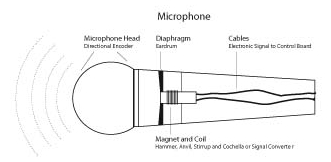
Components of a microphone
Various part of the microphone are working in sync to ensure the microphone is functioning effectively.
Although the microphone can come with different parts and accessories, six parts are doing all the work to make your microphone work at full capacity.
They are:
l Diaphragm
You can refer to this part of the microphone as the microphone's eardrum because of its similar function to that of the human's eardrum.
When the sound gets into the microphone, it goes through the diaphragm, causing the diaphragm to vibrate.
It's this vibration that later gets turned into the electric signal of the microphone.
The sound quality of the microphone is largely dependent on the diaphragm. A high-quality diaphragm or a diaphragm in good condition will produce a clear sound.
l Coil
The coil is attached to the diaphragm, and it's a part of the microphone that is specific to only dynamic microphones.
Similar to the diaphragm, the coil also vibrates.
When the sound gets into the microphone, it vibrates along with the diaphragm.
This vibration is a back and forth movement between a magnet, and this interaction is what produces the electric energy in the signal that gets transmitted to the speakers.
l Magnetic core
The magnetic core is responsible for the creation of the magnetic field for the coil. It's what the coil interacts with to create the electric signal that gets transmitted to the speakers.
And similar to the coil, it's only found in dynamic microphones.
l Capsule
The capsule is the most vital part of the microphone. It's the place where sound transformed into an electric signal is now ready to be transmitted into the speakers.
It's the positioning of the capsule in relation to other microphone components that are responsible for the difference in sounds various kinds of microphones produce.
l Body
The microphone body is the largest part of the microphone, and it's also the part of the microphone that can be seen.
Regardless of the size However, the size or material used in creating the body has no actual impact on the sound produced by the mic.
All the body does is house all the other mentioned part of the microphone and provide a surface that can be gripped by the user.
l Output
The output is part of the microphone where you can connect a cable to the microphone, especially a wired microphone.
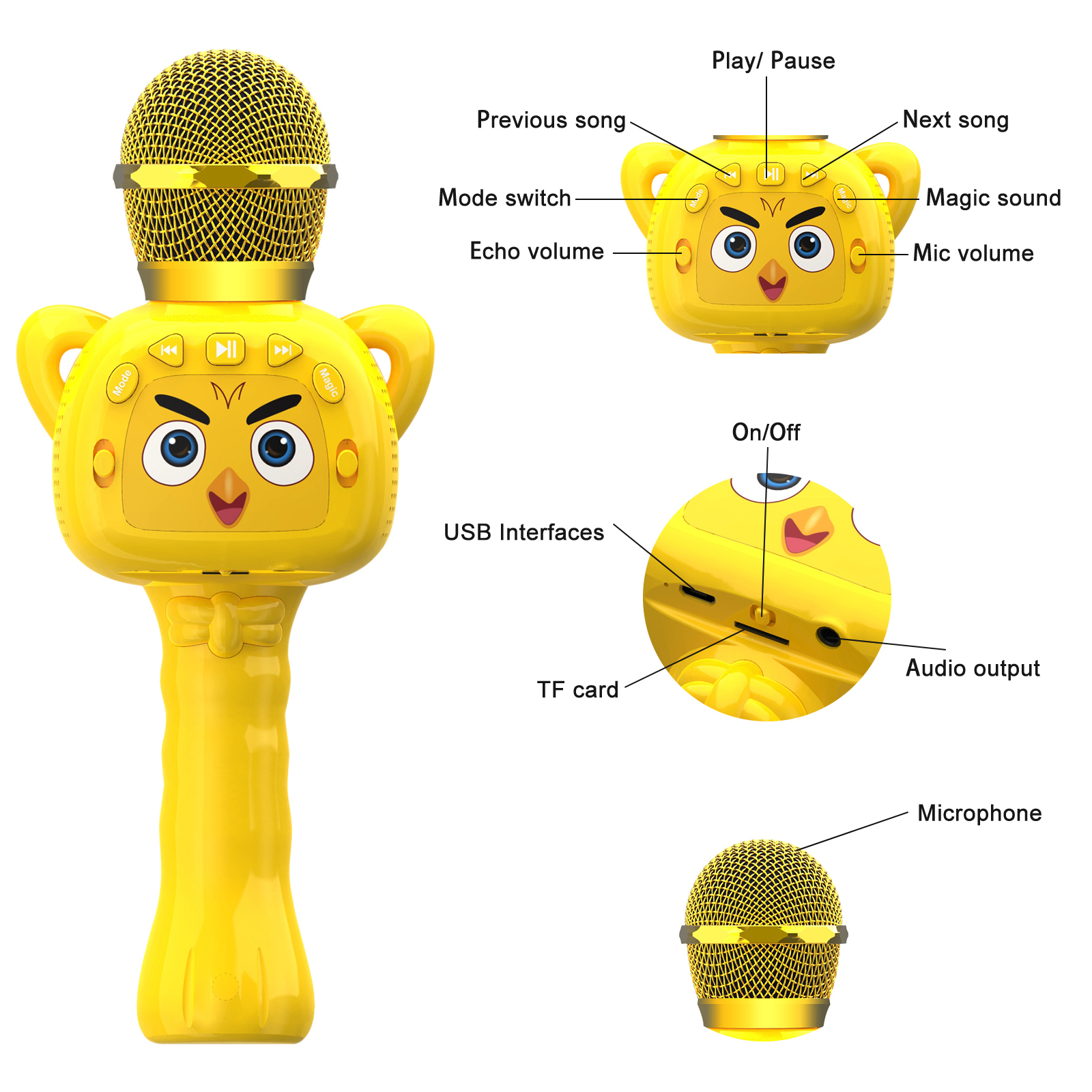
Conclusion
The various part of the microphone make up the major structure of the microphone.
The part of the microphone and even easy to assemble, you can get your kids a custom kids microphone for birthdays
And all these part of the microphone work to produce an electric signal that, when transmitted into the speakers, produces the sounds that you hear.


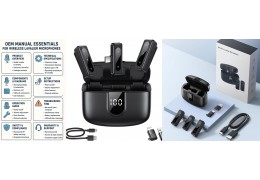

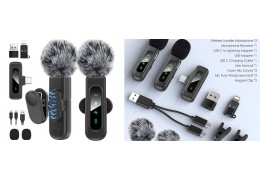

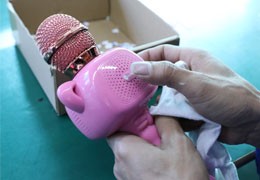
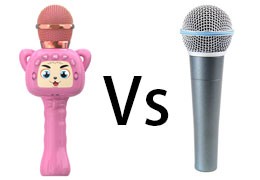



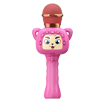

Latest comments